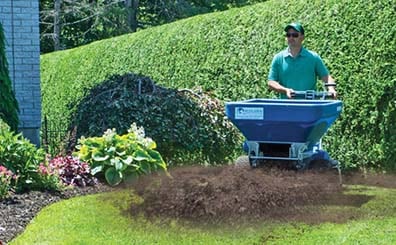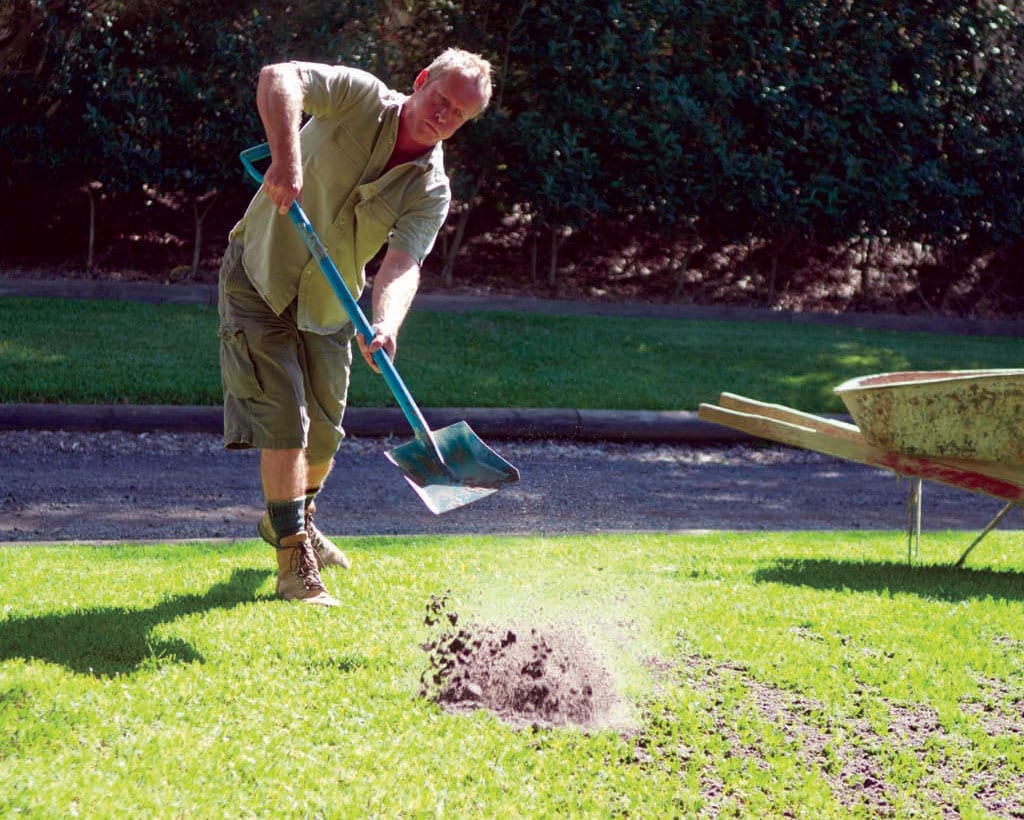Why Top Dressing Matters for a Lush and Vibrant Lawn
Top dressing is a simple yet effective way to improve the health and appearance of your lawn. By applying a layer of organic material to the lawn, you can enhance soil structure, increase nutrient availability, and promote healthy grass growth. This, in turn, can lead to a more resilient lawn that’s better equipped to withstand environmental stresses, such as drought and extreme temperatures. When done correctly, top dressing can be a game-changer for lawn care, and understanding the best time to top dress lawn is crucial for achieving optimal results. In this article, we’ll delve into the benefits of top dressing and provide guidance on how to get the most out of this essential lawn care practice.
Timing is Everything: When to Top Dress for Maximum Impact
When it comes to top dressing, timing is crucial. Applying top dressing at the right time can make all the difference in achieving optimal results. The best time to top dress lawn depends on various factors, including the season, weather conditions, and grass type. In general, it’s best to top dress during periods of active grass growth, when the lawn is most receptive to nutrient uptake. This typically occurs during the spring and fall, when temperatures are mild and rainfall is more consistent. Avoid top dressing during extreme weather conditions, such as during intense heat or drought, as this can cause more harm than good. By timing top dressing correctly, homeowners can maximize the benefits of this essential lawn care practice and achieve a lush, vibrant lawn.
How to Choose the Right Top Dressing Material for Your Lawn
Selecting the right top dressing material is crucial for achieving optimal results. With so many options available, it can be overwhelming to choose the best one for your lawn. The key is to consider factors such as soil type, climate, and personal preferences. Organic top dressing materials, such as compost, peat moss, and well-rotted manure, are rich in nutrients and can help improve soil structure. Inorganic options, like perlite and vermiculite, are better suited for lawns with poor drainage or compacted soil. When choosing a top dressing material, consider the specific needs of your lawn and the best time to top dress lawn for maximum impact. For example, if you have a clay-based soil, an organic material like compost may be the best choice. On the other hand, if you live in a region with high rainfall, an inorganic material like perlite may be more suitable. By selecting the right top dressing material, homeowners can create a thriving lawn that’s better equipped to withstand environmental stresses.
Preparing Your Lawn for Top Dressing: Essential Steps to Follow
Before applying top dressing, it’s essential to prepare your lawn to ensure optimal results. A well-prepared lawn allows the top dressing material to penetrate deeper into the soil, promoting healthy grass growth and maximizing the benefits of top dressing. To prepare your lawn, start by mowing it to the recommended height for your grass type. This will help the top dressing material spread evenly and prevent it from accumulating on the grass blades. Next, aerate the lawn to loosen compacted soil and improve drainage. This step is crucial, as it allows the top dressing material to reach the roots of the grass more effectively. Finally, remove any debris, such as leaves or twigs, to create a clean slate for the top dressing application. By following these essential steps, homeowners can ensure their lawn is ready to reap the benefits of top dressing, including improved soil structure and increased nutrient availability. Remember, the best time to top dress lawn is when the lawn is actively growing, so be sure to time your preparation accordingly.
The Best Time to Top Dress: A Seasonal Breakdown
Timing is crucial when it comes to top dressing, and understanding the best time to top dress lawn can make all the difference in achieving optimal results. The ideal time to top dress varies depending on the season, climate, and type of grass. In the spring, top dressing can help stimulate new growth and improve soil structure after a long winter. During the summer months, top dressing can provide essential nutrients to help lawns thrive in hot and dry conditions. In the fall, top dressing can prepare the lawn for the upcoming winter by improving soil drainage and promoting healthy root growth. Finally, in the winter, top dressing can help protect the lawn from extreme cold temperatures and prevent soil compaction. By understanding the specific benefits of top dressing during each season, homeowners can tailor their top dressing schedule to meet the unique needs of their lawn. For example, if you live in a region with cold winters, the best time to top dress lawn may be in the fall to prepare the lawn for the harsh winter months. By timing top dressing correctly, homeowners can maximize the benefits of this essential lawn care practice.
Top Dressing Application Methods: Tips and Techniques for Success
Once you’ve prepared your lawn and chosen the right top dressing material, it’s time to apply it. The application method can make a significant difference in the effectiveness of top dressing. One of the most common methods is spreading, which involves evenly distributing the top dressing material across the lawn using a spreader or broom. Raking is another effective method, which helps to work the top dressing material into the soil and promote even distribution. Watering the lawn after application is also crucial, as it helps to settle the top dressing material and promote absorption into the soil. To achieve an even distribution, it’s essential to divide the lawn into sections and apply the top dressing material in a consistent pattern. Additionally, applying top dressing in thin layers, rather than one thick layer, can help prevent overwhelming the lawn and promote better absorption. By following these tips and techniques, homeowners can ensure a successful top dressing application that maximizes the benefits of this essential lawn care practice. Remember, the best time to top dress lawn is when the lawn is actively growing, so be sure to time your application accordingly.
Common Mistakes to Avoid When Top Dressing Your Lawn
While top dressing can be a highly effective way to improve lawn health, it’s not without its potential pitfalls. To get the most out of top dressing, it’s essential to avoid common mistakes that can undermine its effectiveness. One of the most critical mistakes to avoid is over-application, which can lead to an excessive buildup of top dressing material and potentially harm the lawn. Another common mistake is incorrect timing, which can reduce the effectiveness of top dressing or even cause damage to the lawn. For example, top dressing during extreme weather conditions, such as during a drought or when the lawn is waterlogged, can be counterproductive. Inadequate preparation is also a common mistake, which can lead to uneven distribution of the top dressing material and reduce its effectiveness. Additionally, failing to choose the right top dressing material for your lawn can also lead to suboptimal results. By being aware of these common mistakes and taking steps to avoid them, homeowners can ensure a successful top dressing application that yields the best possible results. Remember, the best time to top dress lawn is when the lawn is actively growing, so be sure to time your application accordingly and avoid these common mistakes.
Maximizing the Benefits of Top Dressing: Ongoing Lawn Care Tips
To get the most out of top dressing, it’s essential to combine it with ongoing lawn care practices that promote healthy growth and development. One of the most critical ongoing lawn care tips is regular mowing, which helps to maintain a healthy height and promote even growth. Watering is also crucial, as it helps to keep the lawn hydrated and support the absorption of nutrients from the top dressing material. Fertilizing is another essential practice, as it provides the lawn with the necessary nutrients to thrive. By combining top dressing with regular mowing, watering, and fertilizing, homeowners can create a comprehensive lawn care plan that yields optimal results. Additionally, regular aeration and dethatching can help to improve soil drainage and reduce thatch buildup, further enhancing the benefits of top dressing. By following these ongoing lawn care tips, homeowners can maximize the benefits of top dressing and enjoy a lush, vibrant lawn all year round. Remember, the best time to top dress lawn is when the lawn is actively growing, so be sure to time your application accordingly and combine it with these ongoing lawn care practices for optimal results.






